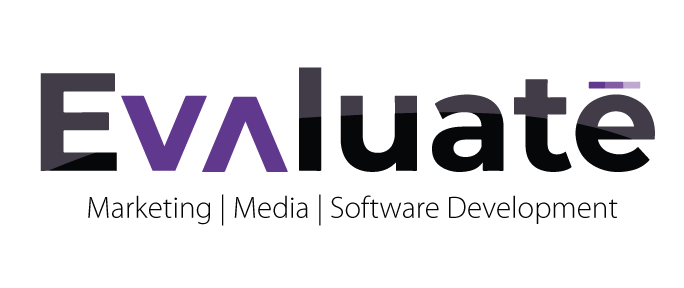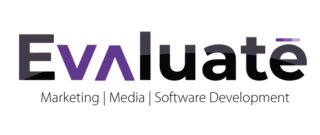No matter the size of your business, it’s always a good idea to spend time considering the most effective PR.
Having this in mind, you can determine what budget is required to support your objectives.
By having enough understanding of what PR requires and what to include in your company’s PR budget, you’ll be in a better position to make the most of every penny.
What is Budgeting in PR?
Budgeting in PR refers to setting up the costs for the campaign. Budgeting in the PR incorporates costs for all the PR activities that are to be carried out. Budgeting needs the setting of priorities and gives importance to being cost-effective.
What Should Be Included in a PR Budget?
If you’re not sure where to begin when it comes to creating a PR budget, don’t worry. The process isn’t much different from creating any other type of budget for your business, which you’ve probably done before.
Crafting a PR budget begins with deciding on key public relations tools and resources that you’ll use throughout the year. PR should play a part in every company’s marketing strategy. Before launching this type of strategy, it’s important to learn about PR budgeting.
Here’s a helpful guide on how to create perfect PR budgets.
With shifting priorities and additional projects, budgets tend to evolve. A more recent focus on thought leadership and content marketing has increased the expenses in these areas, forcing the traditional press release to decline in its allocation of time, effort, and spending.
Your company’s public relations budget can involve one or a combination of the following strategies:
1. Media events
2. Press conferences
3. Speaking commitments
4. Community engagements
5. Social media
6. Crisis management
7. Content marketing
8. Digital marketing/SEO
What makes up a typical public relations budget?
Before creating or working on your company’s PR budget, think about whether you want to take care of PR work in-house or by hiring freelancers. There’s no getting around the fact that PR campaigns take time and effort. But, will this time and effort be spent by your employees, an outside marketing firm, or a combination of both?
Start with some of the basic inputs, which cover the day-to-day activities of PR professionals that enable them to manage their clients’ campaigns. No two PR budgets are identical; every agency or team has its own way of planning its fees and time commitments, however, the following are the most common expenditures.
• Printed materials
• Postage and shipping
• Memberships with professional organizations, such as the Public Relations Society of America
• Press conferences
• Reporting and analytics software
• Content authoring
• Social media campaigns
• Agency fees
In conclusion, Creating a budget takes time and involves a careful review of past PR work and substantive events planned by your company in the upcoming year. By taking your time, asking the right stakeholders for feedback, and creating realistic estimates, you will furnish your CMO with the numbers needed to present at your company’s annual budget meeting.
More importantly, with the proper budget planning and realistic ask, you will get the funding you need to do the all-important job of managing your company’s reputation, building brand awareness, and even driving new business leads

